NATIONAL STANDARD OF THE RUSSIAN FEDERATION
MATERIALS FOR ADDITIVE
TECHNOLOGICAL PROCESSES
Control and test methods
Date of introduction - 2017-12-01
- Application area
This International Standard specifies methods for the control and testing of raw materials in the form of metal powder compositions used in additive manufacturing using direct energy and material supply processes.
- Normative references
This standard uses normative references to the following standards:
GOST 1497 Metals. Tensile test methods
GOST 2789 Surface roughness. Parameters and characteristics
GOST 6689.1 Nickel, nickel and copper-nickel alloys. Methods for the determination of copper
GOST 6689.2 Nickel, nickel and copper-nickel alloys. Methods for the determination of nickel
GOST 6689.6 Nickel, nickel and copper-nickel alloys. Methods for the determination of manganese
GOST 6689.7 Nickel, nickel and copper-nickel alloys. Methods for the determination of silicon
GOST 6689.8 Nickel, nickel and copper-nickel alloys. Methods for the determination of aluminum
GOST 6689.9 Nickel, nickel and copper-nickel alloys. Methods for the determination of cobalt
GOST 6689.14 Nickel, nickel and copper-nickel alloys. Methods for the determination of chromium
GOST 6689.19 Nickel, nickel and copper-nickel alloys. Methods for the determination of phosphorus
GOST 6689.21 Nickel, nickel and copper-nickel alloys. Methods for determination of titanium
GOST 9853.1 Titanium sponge. Method for determination of nitrogen
GOST 12354 Alloyed and high-alloyed steels. Methods for the determination of molybdenum
GOST 17260 (ISO 3713) Ferroalloys, chromium and manganese metal. General requirements for sampling and preparation of samples
GOST 19863.1 Titanium alloys. Methods for the determination of aluminum
GOST 19863.2 Titanium alloys. Methods for the determination of vanadium
GOST 19863.5 Titanium alloys. Methods for the determination of iron
GOST 24018.7 Nickel-based heat-resistant alloys. Methods for determination of carbon
GOST 24018.8 Nickel-based heat-resistant alloys. Methods for the determination of sulfur
GOST 24956 Titanium and titanium alloys. Method for determination of hydrogen
GOST 25086 Non-ferrous metals and their alloys. General requirements for methods of analysis
GOST 28052 Titanium and titanium alloys. Methods for the determination of oxygen
GOST R 2.0.182-1.001.16 Additive technological processes. Basic principles. Part 1. Terms and definitions
GOST R 00001 (IS012154) Composites. Density determination by displacement method - true density determined by gas pycnometry.
GOST R ISO 22033 Nickel alloys. Determination of the niobium content. Inductively coupled plasma atomic emission spectrometric method
GOST R ISO 22725 Nickel alloys. Determination of tantalum content. Inductively coupled plasma atomic emission spectrometric method
GOST R 51928 Nickel-based heat-resistant alloys and powders. Boron determination methods
Note - When using this standard, it is advisable to check the operation of the reference standards in the public information system - on the official website of the Federal
agency for technical regulation and metrology on the Internet or according to the annual information index "National standards", which was published as of January 1 of the current year, and on the issues of the monthly information index "National standards" for the current year. If the referenced standard to which an undated reference is made has been replaced, it is recommended that the current version of that standard be used, subject to any revisions that have been made. If the referenced standard to which the dated reference is given is replaced, then it is recommended to use the version of that standard with the above year of approval (acceptance). If, after approval of this standard, a change is made to the referenced standard to which the dated reference is made, affecting the provision to which the reference is made, then that provision is recommended to be applied without taking into account that change. If the reference standard is canceled without replacement, then clause. in which a link to it is given, it is recommended to apply it in the part that does not affect this link.
- Terms and definitions
In this standard, terms are used in accordance with GOST R 2.0.182-1.001.16 and GOST R 00001 (IS012154). as well as the following terms with appropriate definitions:
- sample: A part synthesized on a substrate in the form of an elementary sample of a given geometry, intended for research and mechanical tests.
- sample: The amount of metal powder selected from one powder composition in the volume (amount) required for research and testing.
- semi-finished product: A product obtained by casting, plastic deformation, etc. intended for further processing by cutting, stamping or applied without processing.
- The essence of the method
- The methods of control and testing presented in this standard make it possible to carry out a comprehensive assessment of the quality of powder compositions used in additive manufacturing using direct energy and material supply processes from various suppliers to determine whether the quality of powders meets the requirements of regulatory documents (ND) (technical conditions, quality certificate, etc. .). as well as applicability for the manufacture of the required parts in a specific additive manufacturing environment.
- For powder compositions, the chemical composition and apparent density are determined. shape and size distribution of particles. For samples obtained from powder compositions
under the conditions of a specific additive manufacturing, porosity, density, surface roughness and physical and mechanical properties under tension are determined.
- Equipment
- Equipment, materials and reagents for determining the chemical composition of powder compositions must comply with the requirements of GOST 25086.
- Equipment for tensile testing of samples must comply with the requirements of GOST 1497.
- Equipment for determining the apparent density of samples and samples must comply with the requirements of GOST R 00001 (IS012154).
- Equipment for chemical analysis should ensure the determination of the content of chemical elements with an error that ensures control with an accuracy not lower than that specified in the ND for the powder composition.
- To determine the volume fraction of pores and cracks, it is recommended to use optical metallographic systems providing x50 - x500 magnifications. Images should be taken with a digital camera with a resolution of at least 3 megapixels. Preparation of images for quantitative analysis and their mathematical processing is performed using computer programs, for example Image Expert Pro XNUMXx.
- To study the structure of a sample, including the presence of ENT and cracks, it is recommended to use a scanning electron microscope with an attachment for micro X-ray spectral analysis.
- It is recommended to use a confocal laser scanning microscope for planar survey and measurement of sample surface roughness.
- All equipment used must be approved and have appropriate verification certificates and calibration certificates.
- Samples
- To determine the chemical composition, apparent density, shape and particle size distribution, use the following samples of the powder composition:
- for the chemical composition of powder compositions - according to GOST 17260;
- for apparent density - in accordance with the requirements of GOST R 00001 (IS012154);
- for the shape and size distribution of particles, a sample with a mass of at least 1 g is recommended.
- Samples are used to determine porosity, density, surface roughness, structure, and tensile properties.
- Samples for research and testing are made by methods of mechanical processing (turning, milling, grinding, etc.), provided for the processing of semi-finished products from the investigated alloys or their analogues obtained by traditional technologies (casting, stamping, etc.). from blanks obtained in additive manufacturing using one of the direct energy and material supply processes. The recommended dimensions of the workpiece are shown in Figure 1. For one powder composition, at least 3 samples are made during tensile tests (the recommended number is 5 samples).
- To determine the chemical composition, apparent density, shape and particle size distribution, use the following samples of the powder composition:
- Samples for tensile tests are made in accordance with the instructions in the ND for the product and the requirements of GOST 1497. It is recommended to make a cylindrical 10-fold sample with a working zone diameter of 5 mm from metal powder compositions.
- To determine the effect of the surface on the physical and mechanical properties, it is recommended to produce proportional flat specimens with type I heads in accordance with GOST 1497. It is recommended to use specimens with a thickness of 3 mm and an initial design length of 10 = 5,65
- Tensile test pieces shall have a smooth surface without cracks, pores or other defects visible to the naked eye.
- To determine the surface roughness and apparent density, a part of the workpiece is used (Figure 1). The surface of the part of the workpiece intended for the study of surface roughness should not be subjected to mechanical processing (turning, milling, polishing and
etc.) and mechanical (fastening during cutting, etc.) or other effects, with the exception of the effects provided for by the additive manufacturing process. It is recommended to determine the roughness of the surface in the transverse, longitudinal and vertical directions. - To determine porosity, a metallographic section with a field of view of at least 10 x 10 mm is prepared from a part of the workpiece. the samples are cut out in the transverse, longitudinal and vertical directions.
- Any deviations from the conditions specified in 6.1-6.7 shall be recorded in the test report.
- Test preparation
- Before conducting research and testing, carry out all the necessary preparatory operations in accordance with the requirements of the following standards for research / test methods: GOST 1497. GOST R00001 (IS012154). GOST 2789, etc.
- The input control of samples is carried out in terms of geometric dimensions and appearance. All deviations from the requirements of this standard, as well as standards for the research / test method, together with their numbers, are recorded in the test report.
- Testing
- The determination of the chemical composition is carried out in accordance with GOST 6689.1, GOST 6669.2, GOST 6689.6. GOST 6689.7. GOST 6689.8. GOST 6689.9. GOST 6689.14. GOST 6689.19. GOST 6689.21. GOST 24018.7. GOST 24018.8. GOST R ISO 22033. GOST R ISO 22725. GOST R 51928. GOST 12354. GOST 19863.1. GOST 19863.2. GOST 19863.5. GOST 24956. GOST 28052. GOST 9853.1.
- Determination of the apparent density of the sample and the sample is carried out in accordance with the requirements of GOST R 00001 (IS012154).
- Determination of the shape and size distribution of particles is carried out using scanning electron microscopy.
Optimum particle size, presence of satellites and gas pores. their percentage, shape and size must comply with the ND requirements for metal powder.
In the absence of instructions in the ND, granules can have both dendritic and martensitic structure, depending on the type of alloy, typical for the cast structure of the material; there should be no satellites on the surface of the particles - small particles adhering to larger ones as a result of collisions in the process of gas atomization. amorphous shell, shell, gas pores of a round or other shape.
Note - The recommended size of metal granules of powder used in the manufacture of parts should be 10-65 microns.
- For metallographic analysis, the structure of the sample should be molten baths. in the form of segments of a circle, the arc of which is the crystallization front.
The structure of the melt pool is not homogeneous and should consist of cells (rod-like crystals), the diameter of which is about 0.5 μm, and the length is an order of magnitude larger. - The presence of unmelted fragments of particles, pores and hot cracks in the structure is not allowed.
Note - It should be borne in mind that the presence of unmelted fragments of particles, pores and hot cracks, in addition to the quality of the powder composition, also depends on the process parameters (type of hatching, scanning speed, laser power, etc.).
- Roughness control is carried out on an untreated surface in accordance with GOST 2789. The following roughness parameters are determined:
- Rai is the arithmetic mean deviation of the profile;
- Rzi - maximum height of the profile irregularity at 10 points;
- Tests to determine the physical and mechanical properties of the synthesized material are carried out in accordance with the requirements of GOST 1497. Determine the values of the modulus of elasticity, yield strength, strength, elongation and contraction.
- Processing of test results
- The processing of research / test results is carried out in accordance with the requirements of the following standards for research methods / tests: GOST 6689.1, GOST 6689.2. GOST 6689.6. GOST 6689.7. GOST 6689.8. GOST 6689.9. GOST 6689.14, GOST 6689.19. GOST 6689.21. GOST 24018.7. GOST 24018.8. GOST R ISO 22033. GOST R ISO 22725. GOST R 51928. GOST 12354. GOST 19863.1, GOST 19863.2. GOST 19863.5. GOST 24956. GOST 28052. GOST 9853.1. GOST 1497. GOST R 00001 (IS012154). GOST 2789, etc. regarding what they make an entry in the test report.
- Test report
- The research / test results are recorded in the test report, which must contain the following data:
- name of the powder composition, manufacturing method:
- material supplier name:
- the standards in accordance with which the tests / studies are carried out. including preparation for testing, testing, processing of test results:
- type of measuring and testing instruments, serial number, inspection certificate number, accuracy class of force sensors;
- temperature and humidity of the test environment;
- physical and mechanical characteristics, roughness characteristics;
- deformation diagrams;
- photographs of defects found during metallographic analysis:
- the number of samples, their marking and geometrical dimensions;
- test date:
- surname and initials of the person conducting the control;
- reference to this standard;
- photographs of samples before and after testing.
UDC 666.162: 629.12.011.83: 006.354
OKS 83.120.
83.080.20

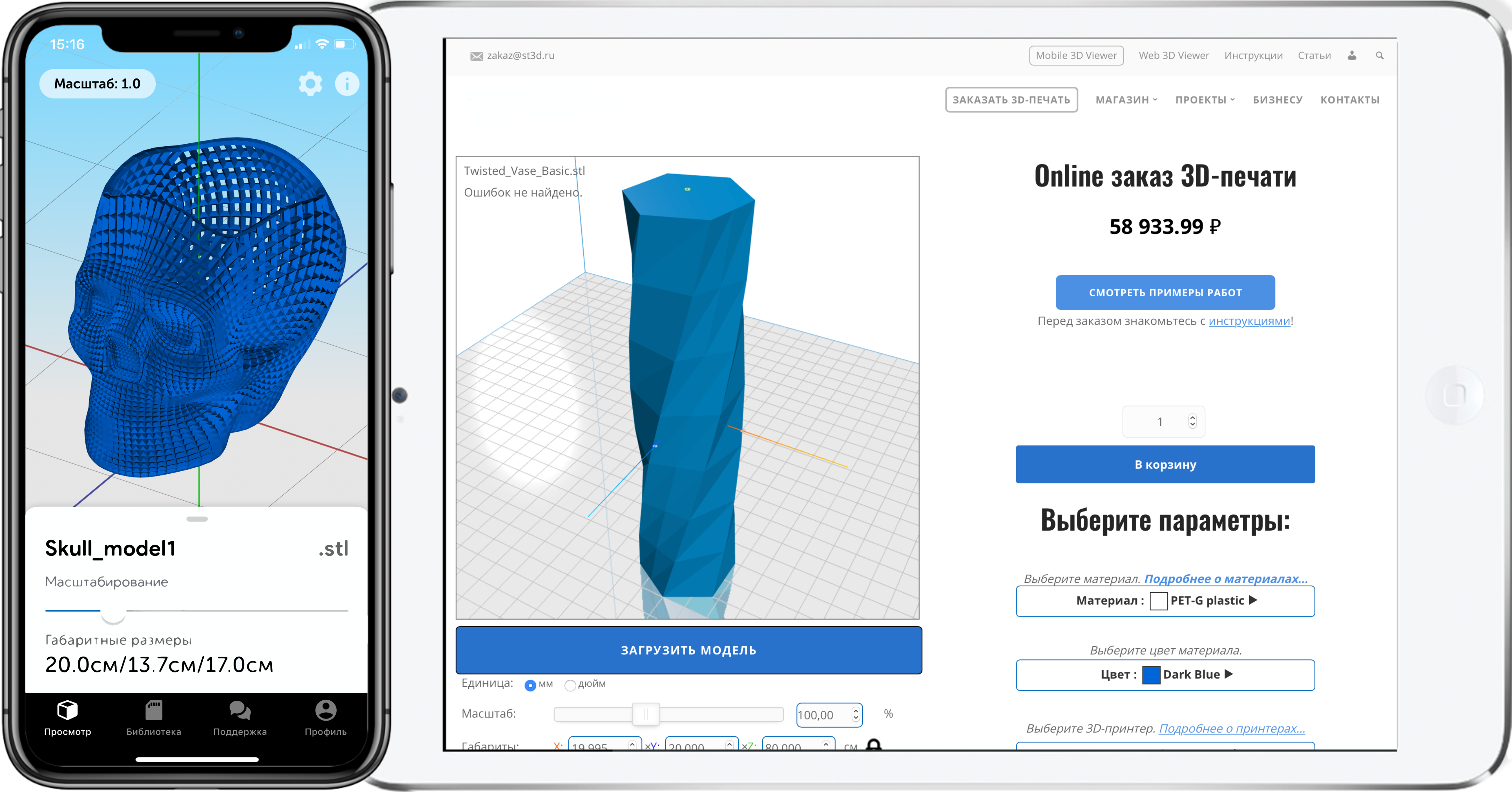



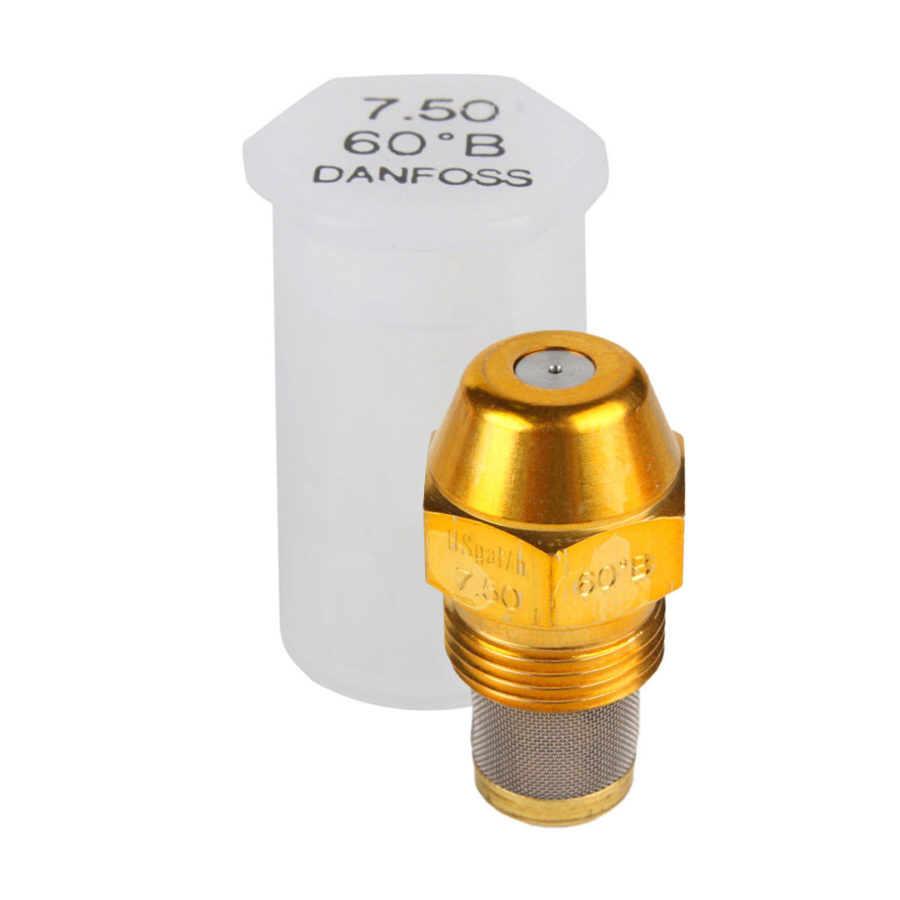
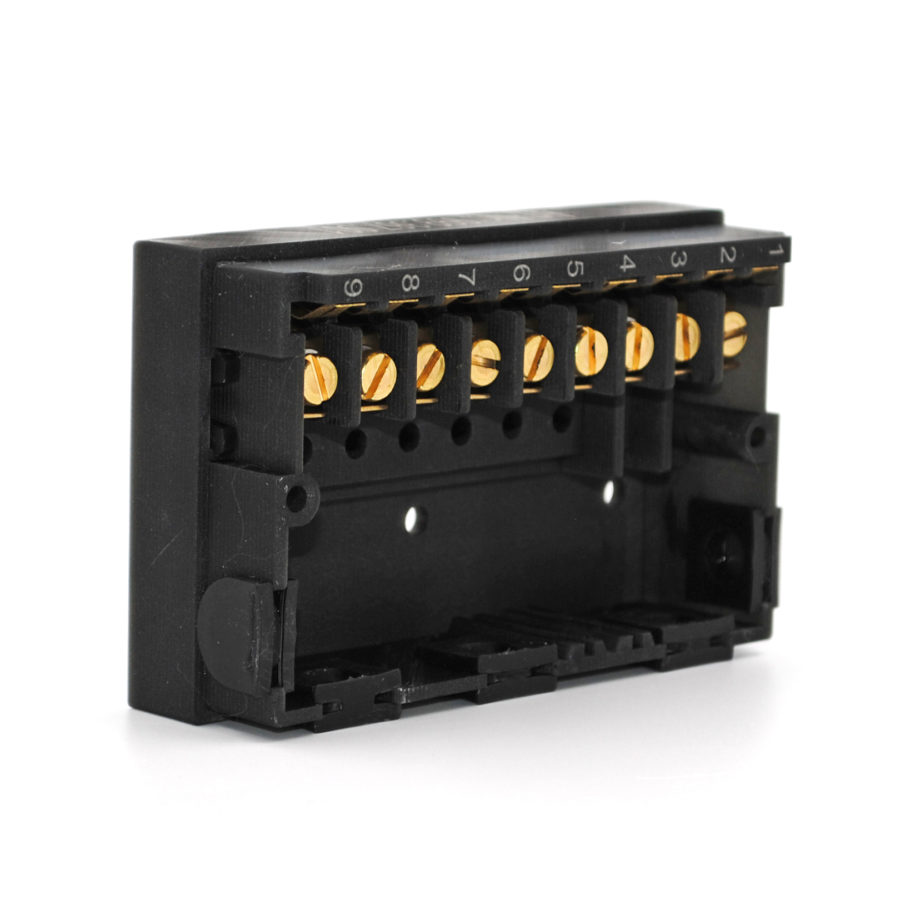
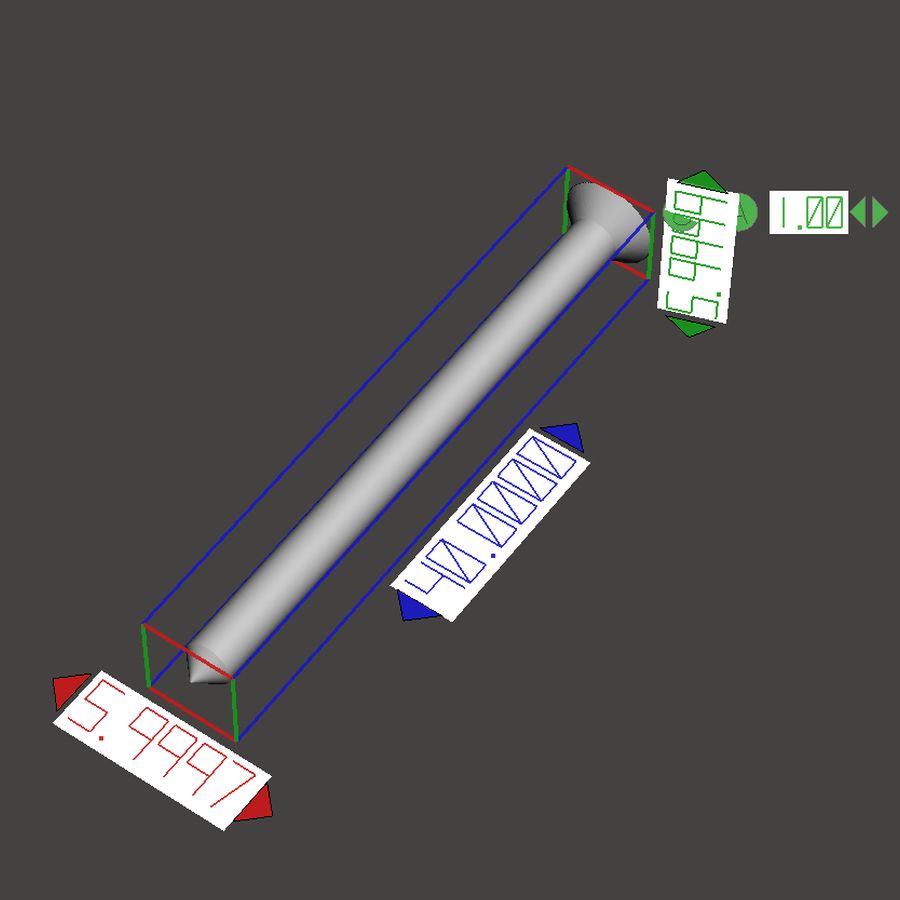
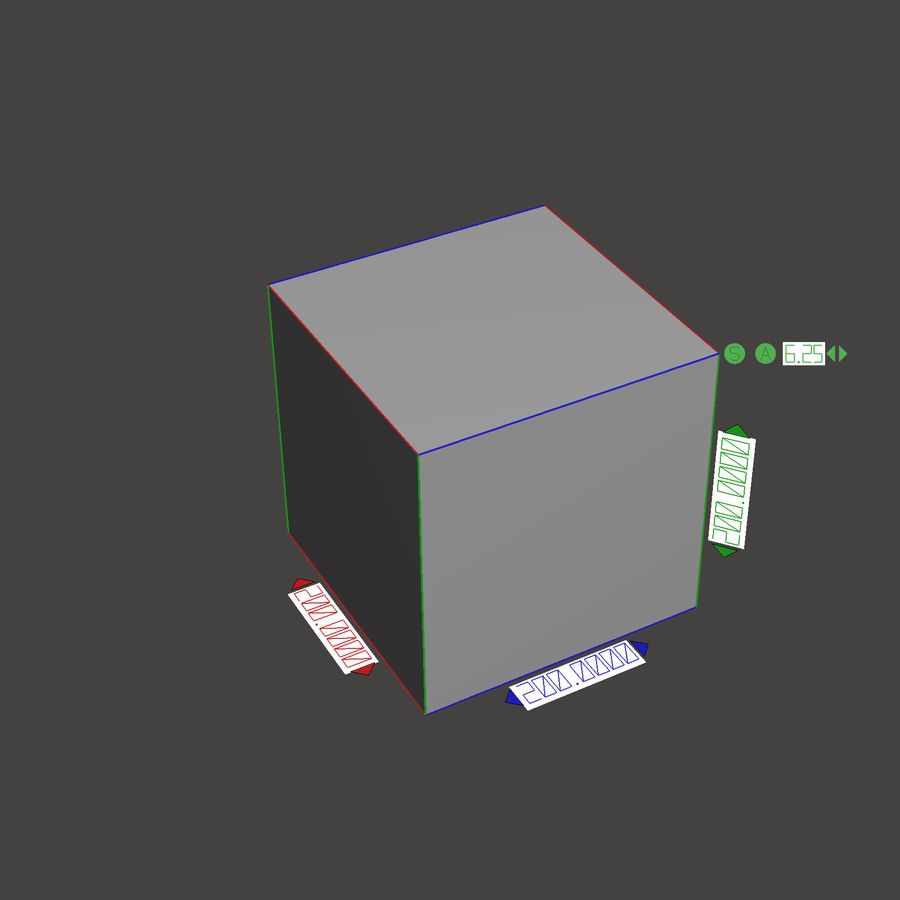
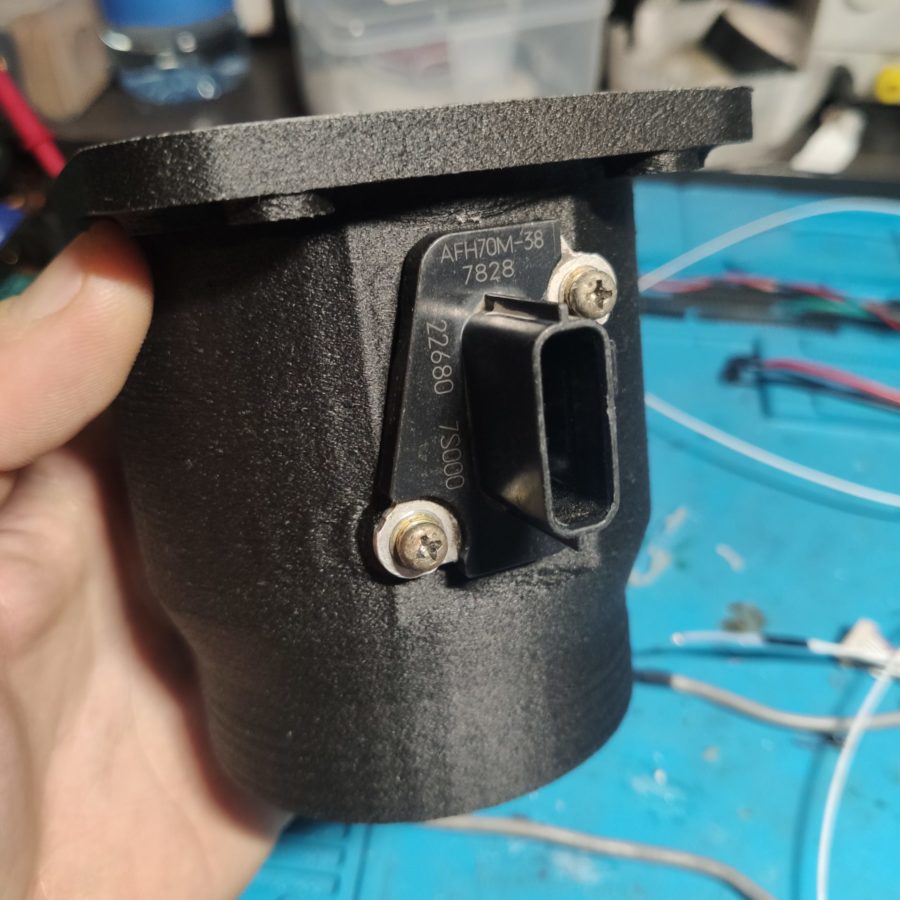
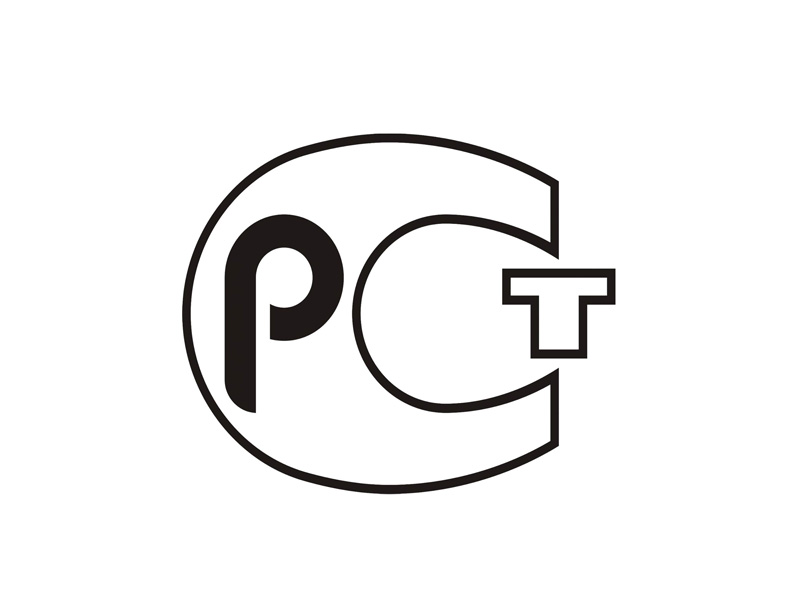
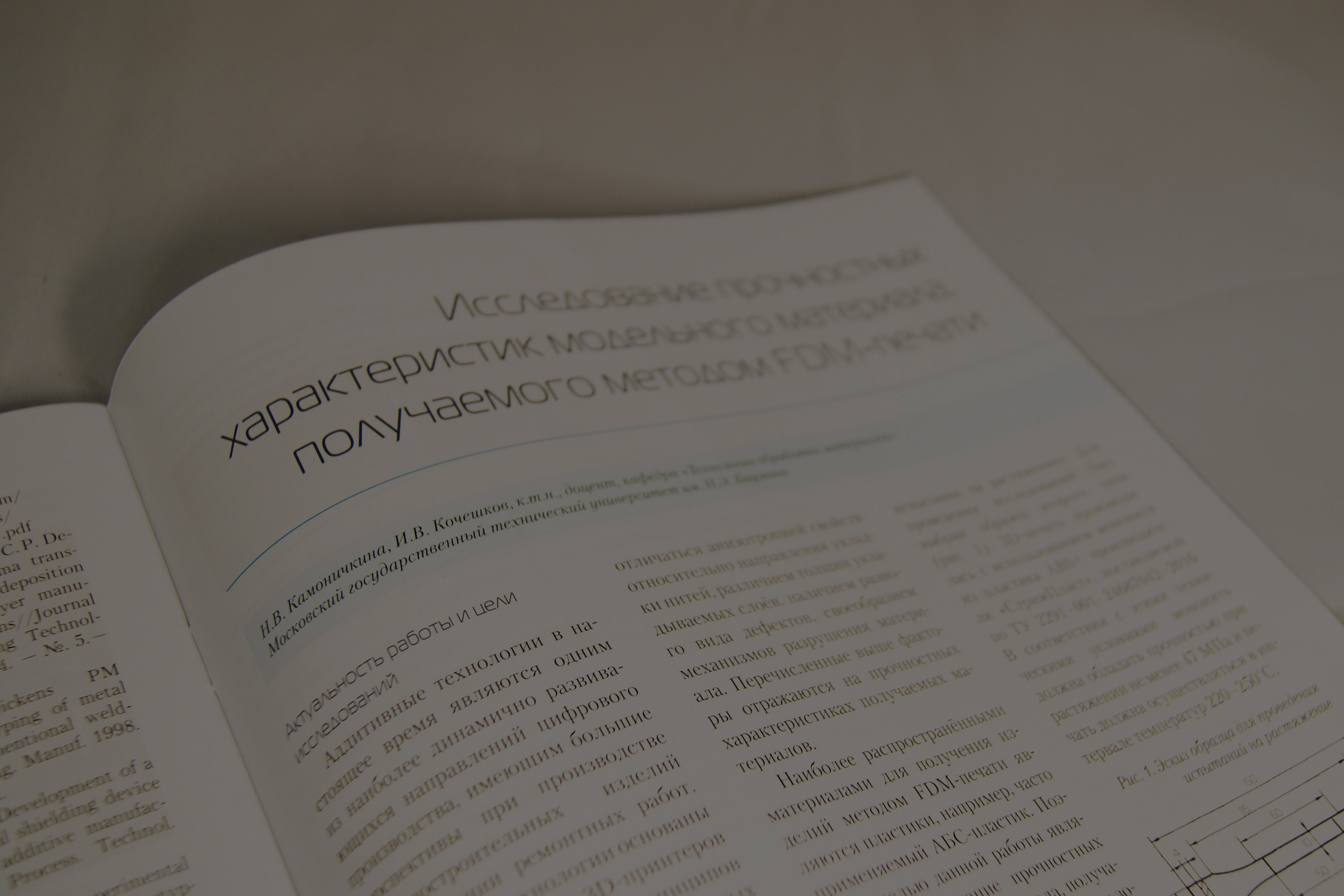

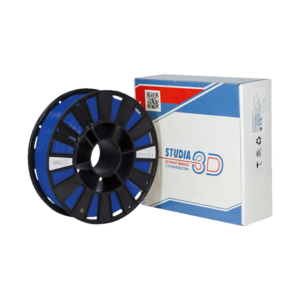
Author: Studia3D. Ru
More articles from Studia3D. Ru